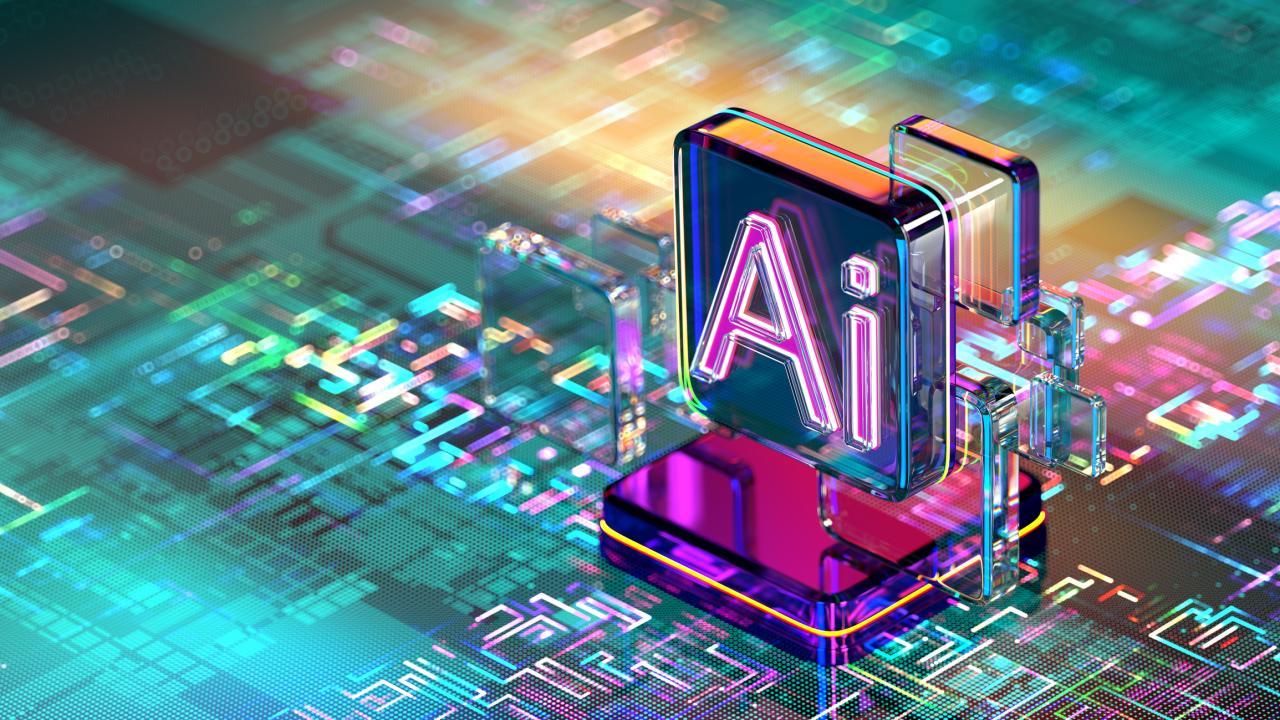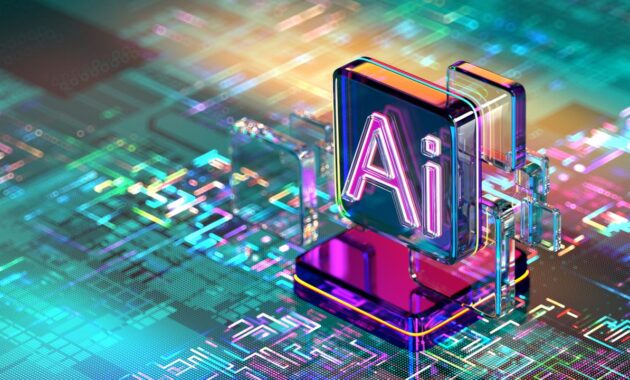Best AI Tools for Voice Recording and Editing are revolutionizing the way we capture and refine audio content. As technology advances, these tools offer unprecedented capabilities that enhance both the quality and efficiency of voice recording and editing processes. From automated noise reduction to intelligent editing suggestions, the landscape of audio production is evolving rapidly, making it essential for creators to stay informed about the latest tools available.
With a variety of options on the market, users can leverage artificial intelligence to streamline their workflows and achieve professional-grade results. This overview will delve into the most effective AI tools that can elevate your voice recording and editing game, ensuring you remain at the forefront of audio production.
The field of artificial intelligence (AI) has undergone significant transformations since its inception. From early computational theories to sophisticated machine learning algorithms, AI has continuously evolved to meet the demands of various industries. This article delves into the historical development of AI, the current state of the technology, and the potential future trajectories that this field may take.
Historical Context: The Birth of AI
The concept of artificial intelligence can be traced back to ancient myths and stories that envisioned mechanical beings with human-like capabilities. However, the formal foundations of AI were laid in the mid-20th century. In 1956, the Dartmouth Conference, organized by John McCarthy, Marvin Minsky, Nathaniel Rochester, and Claude Shannon, marked a pivotal moment in the field. This conference is often credited with coining the term “artificial intelligence” and set the stage for decades of research and exploration.
The early years of AI research focused on symbolic AI, where problems were solved using logical reasoning and symbolic representations. Programs such as the Logic Theorist (1955) and ELIZA (1966) demonstrated that machines could mimic certain aspects of human thought and conversation. However, the limitations of these early approaches soon became apparent, leading to the first “AI winter” in the 1970s, characterized by reduced funding and interest in the field.
Revival of AI: Machine Learning and Neural Networks
The resurgence of AI in the 1980s and 1990s can largely be attributed to advancements in machine learning, particularly the development of neural networks. Researchers began to explore how machines could learn from data rather than relying solely on hardcoded rules. The introduction of backpropagation in the 1980s allowed neural networks to improve their accuracy by adjusting the weights of connections based on errors, effectively enabling learning.
By the early 2000s, the combination of increased computational power, the availability of large datasets, and the refinement of algorithms led to a breakthrough in machine learning. The emergence of support vector machines and ensemble methods significantly improved classification tasks in various domains, including image and speech recognition.
Deep Learning: A Paradigm Shift in AI
The advent of deep learning in the 2010s marked a paradigm shift in artificial intelligence. Deep learning, a subfield of machine learning, utilizes neural networks with multiple layers (hence “deep”) to analyze and interpret complex data patterns. This shift was driven by innovations such as convolutional neural networks (CNNs) and recurrent neural networks (RNNs).
One of the most notable milestones in deep learning was the success of AlexNet in the ImageNet competition in 2012. AlexNet’s ability to classify images with unprecedented accuracy demonstrated the power of deep learning architectures. Following this, companies and research institutions began investing heavily in deep learning, leading to significant advancements in natural language processing (NLP), computer vision, and autonomous systems.
Current Landscape: AI Applications Across Industries: Best AI Tools For Voice Recording And Editing
Today, artificial intelligence is integrated into various sectors, demonstrating its versatility and impact. In healthcare, AI algorithms analyze medical images, assist in diagnostics, and even predict patient outcomes. For instance, deep learning models are now capable of detecting conditions such as diabetic retinopathy and certain cancers at rates comparable to human specialists.
In the financial sector, AI is being employed for fraud detection, algorithmic trading, and risk assessment. Machine learning models analyze vast amounts of transaction data to identify patterns that may indicate fraudulent activity. Furthermore, AI-driven chatbots and virtual assistants are transforming customer service by providing instant responses to inquiries, enhancing user experiences.
Transportation is another industry revolutionized by AI, especially with the development of autonomous vehicles. Companies like Waymo, Tesla, and Uber are leveraging AI technologies to create self-driving cars that can navigate complex road environments. The use of AI in logistics, supply chain management, and predictive maintenance is also optimizing operations and reducing costs.
Ethical Considerations in AI Development
The Future of AI: Prospects and Challenges
Looking ahead, the future of artificial intelligence is both exciting and uncertain. The continuous evolution of AI technologies presents numerous opportunities for innovation and societal advancement. Areas such as explainable AI (XAI) aim to make AI systems more interpretable and understandable to users, fostering greater trust and usability.

Moreover, the integration of AI with other emerging technologies, such as quantum computing and the Internet of Things (IoT), has the potential to further enhance capabilities. Quantum AI could revolutionize problem-solving in complex domains, while AI-driven IoT systems could enable smarter cities and homes that optimize resource usage and improve quality of life.
However, challenges remain. Ensuring the ethical development and deployment of AI technologies will require collaboration between governments, industry, academia, and civil society. Establishing comprehensive frameworks for AI governance, regulation, and standards is imperative to address concerns related to safety, fairness, and accountability.
Conclusion
In summary, the evolution of artificial intelligence has been marked by significant milestones that have shaped its current landscape. From its early beginnings to the transformative effects of machine learning and deep learning, AI has become an integral part of various industries. As we look to the future, the ongoing development of AI technologies promises to unlock new possibilities, while also presenting ethical and societal challenges that must be navigated with care.
The continued dialogue among stakeholders will be crucial in ensuring that AI serves as a force for good in the world.













